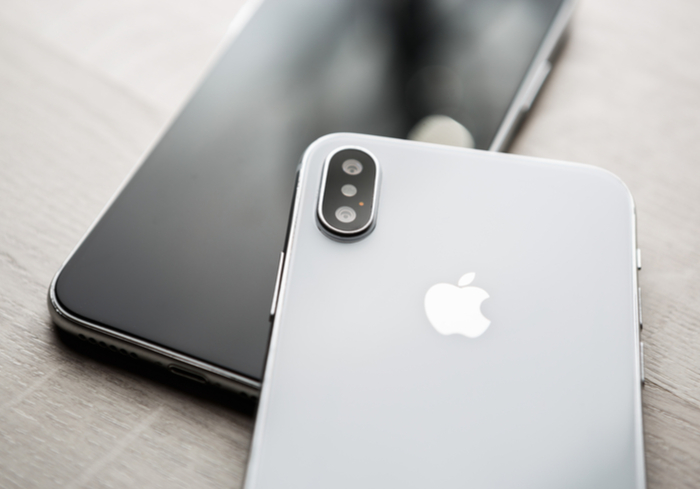Analyst Lowers iPhone X Sales Forecast

Apple may not sell as many iPhone X models as previously expected, despite the hype over its new, high-end phones, according to news from Seeking Alpha.
KGI Securities Analyst Ming-Chi Kuo reduced his lifetime sales forecast for the new iPhone X from 80 million to 62 million phones. He also foresees that Apple will stop producing the premium model in 2018.
In his analysis, Kuo cited weak sales in China. While Chinese users love the larger screen of the iPhone X, its notched design and dearth of compatible apps has soured demand for the phone.
Another analyst, Woo Jin Ho of Bloomberg Intelligence, said Apple chipmakers most likely will have a cautious approach to the first quarter, as the phone enters a traditionally weak period for sales. The news sent shares of Apple suppliers down, with Lumentum sliding 5 percent and Qorvo dropping 4.2 percent.
Despite the hype leading up to the release of the iPhone 8, iPhone 8 Plus and iPhone X, customers are buying these new offerings at about the same rate as models released in the past two years. A survey of 300 iPhone buyers by technology analysis firm Consumer Intelligence Research Partners estimates that the iPhone X, iPhone 8 and iPhone 8 Plus combined to account for 69 percent of U.S. iPhone sales for the month ending Dec. 3, while older models represented the remaining sales.
Despite sales numbers, Apple does benefit from higher margins on its latest high-end model: Apple’s new iPhone X makes the company more money per phone than its iPhone 8 model. While the iPhone X’s parts cost Apple 25 percent more than the iPhone 8, it retails for 43 percent higher, according to Reuters.
According to TechInsights, a firm that analyzes the parts that make up technology devices, the iPhone X costs $357.50 to make and sells for $999, giving it a gross margin of 64 percent. The iPhone 8 sells for $699 and has a gross margin of 59 percent.